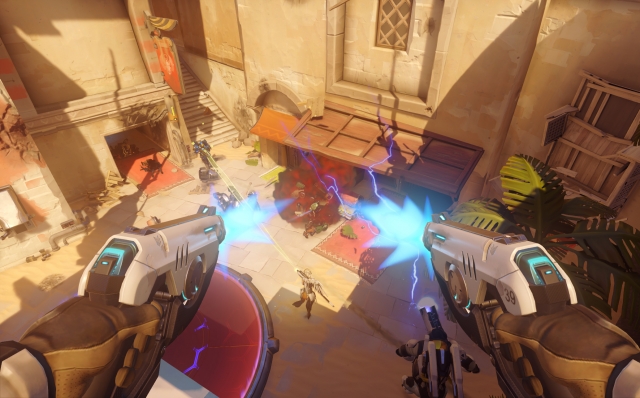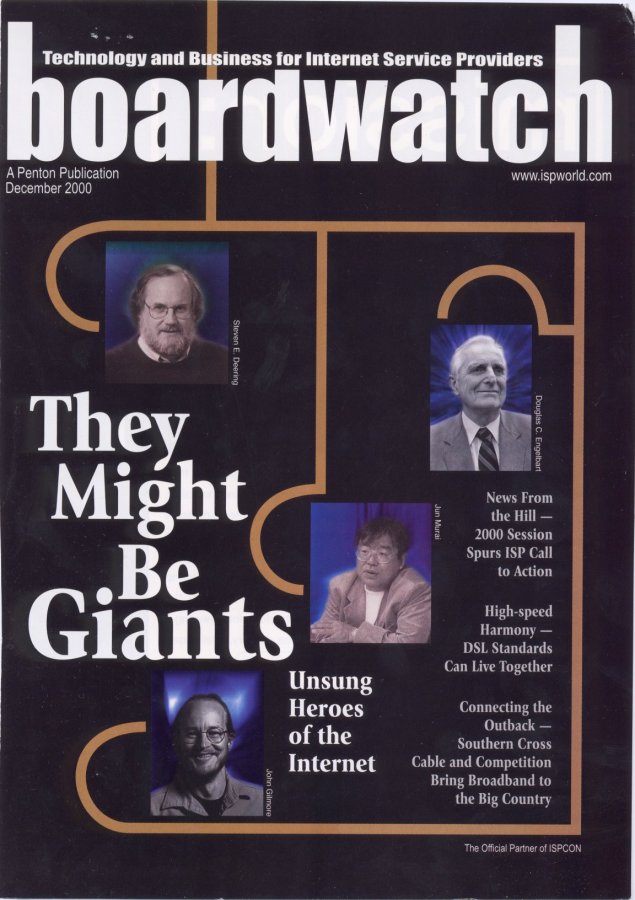
The collectable was developed for music virtual collections, improving manipulation and organization of this kind of media in a fast, practical and intuitive way. This paper presents a media collection organization software, called collecTable, which uses tabletop tangible interfaces and multitouch interaction. One example of this large amount of data can be seen in the personal media collections, such as photos, e-books, videos and music. Interactive media and natural interfaces are becoming more common since they are an efficient way for dealing with the large amount of digital information we have nowadays. For each category, we present a summary of existing work, highlight the technical aspects of each solution, and compare them against each other. We review more than 40 different video browsing and retrieval interfaces and classify them into three groups: applications that use video-player-like interaction, video retrieval applications, and browsing solutions based on video surrogates. As a result, there are many contemporary research efforts toward developing better video browsing solutions, which we summarize. The ever-growing amount of video content available for human consumption and the inherent characteristics of video data-which, if presented in its raw format, is rather unwieldy and costly-have become driving forces for the development of more effective solutions to present video contents and allow rich user interaction.
#PLAYWATCH PDF PROFESSIONAL#
There has been a significant increase in activity (e.g., storage, retrieval, and sharing) employing video data in the past decade, both for personal and professional use. We present a comprehensive review of the state of the art in video browsing and retrieval systems, with special emphasis on interfaces and applications. These findings can be beneficial to the researchers and designers of learning environments using tangible tabletop and similar interfaces. Our experience with these systems, both inside and outside of the laboratory, results in an insightful understanding of the impacts of tangible tabletops on learning and the conditions for their effective use as well as deployment. It presents the design, implementation, and evaluations of three tangible tabletop systems – the DockLamp, the TinkerLamp, and the TinkerLamp 2.0 – in different learning contexts.

This thesis aims to explore how educational tangible tabletop systems affect reflection, how reflection and orchestration are related, and how we can support reflection and orchestration to improve learning. The way teachers manage technology-enhanced classrooms and the involved activities and constraints in real-time, also known as classroom orchestration, is a crucial aspect for the materialization of reflection and learning. Due to the technological evolution in schools, multiple activities, resources, and constraints in the classroom ecosystem are now involved in the learning process. Increasingly, this design assumption is no longer sufficient, especially in realistic learning settings. Moreover, most existing tangible tabletops are designed as stand-alone systems or devices. However, it remains unclear as to whether students really benefit from using them for tasks that require a high level of reflection. Tangible tabletop systems have been extensively proven to be able to enhance participation and engagement as well as enable many exciting activities, particularly in the education domain. Experiments have shown that the proposed approach is practicable in terms of both performance and positive reception by users, although some inherent problems of vision-based systems must be taken into account. The implemented prototype, based on computer vision, relies on a simple and cheap webcam, and controls consist of sliders, buttons, knobs and trackpads. Through fingers, users can operate interface controls either drawn by themselves or provided in ready-to-use pre-printed sheets. This paper presents a gesture input approach based on a paper interface, appraising its efficiency and investigating the user acceptance level.


#PLAYWATCH PDF SOFTWARE#
While physical interfaces can be the right choice for purpose-specific appliances, they become less practicable in the case of interfaces for software tools, since each program would need its own physical interface.

Graphical user interfaces may sometimes not be fully comfortable, because they require oculomotor coordination and relatively precise mouse movement.


 0 kommentar(er)
0 kommentar(er)
